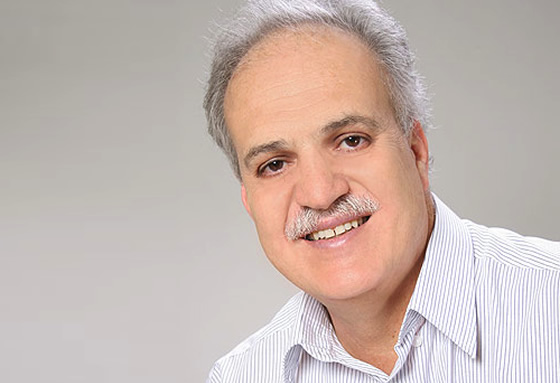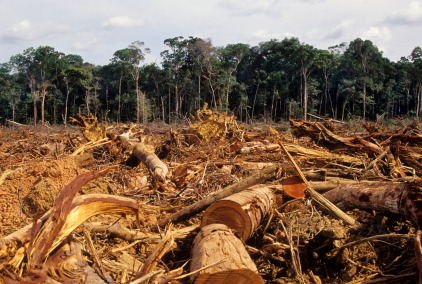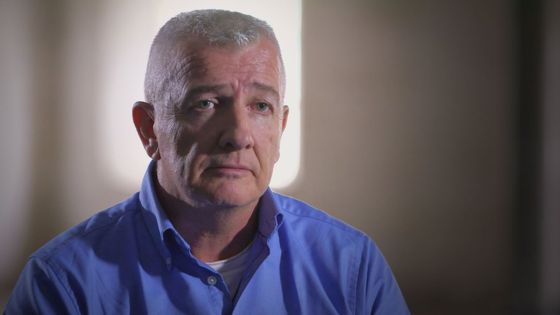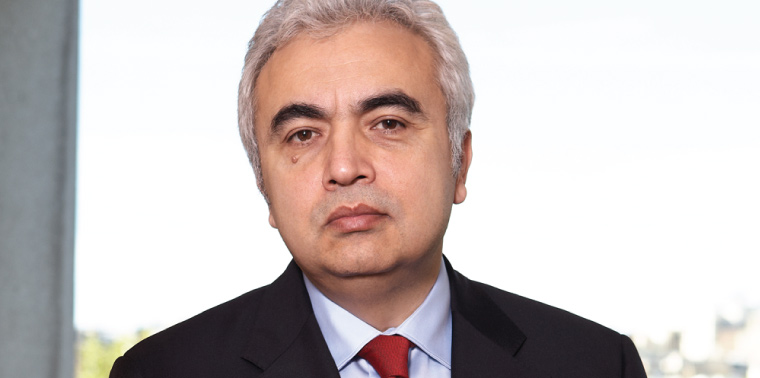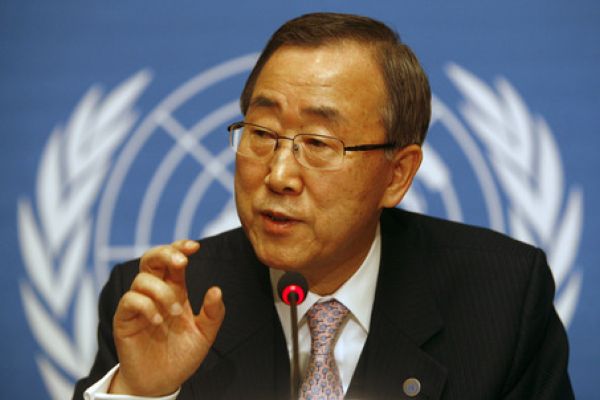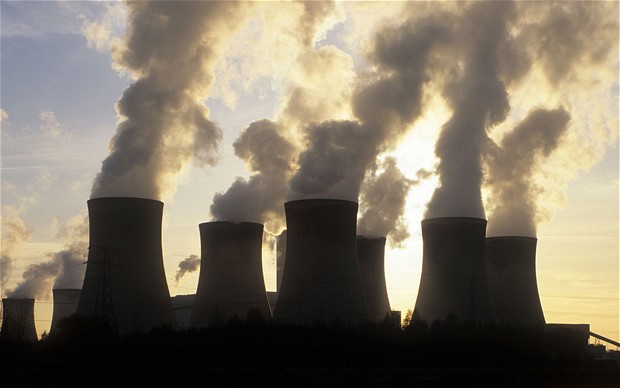New investments in issues ranging from coastal fisheries and conservation funds to combating plastic pollution and expanding marine protected areas were on Friday announced by the Global Environment Facility (GEF) at the Our Ocean conference that held during the week in Washington DC, USA.
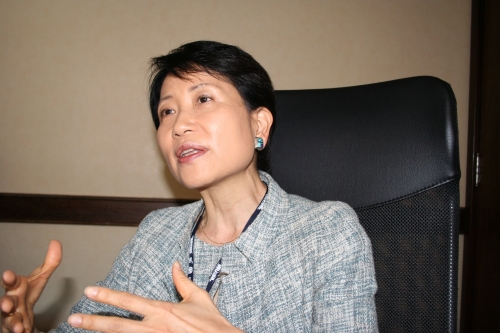
Alongside fellow environment and conservation leaders, the GEF CEO and Chairperson, Naoko Ishii, stressed the need to match political commitments with financial support for the world’s oceans, our vital global commons.
Expansion and Protection of Marine Protected Areas
The Wildlife Conservation Society, Waitt Foundation, Blue Moon Fund, and the GEF announced a $48 million commitment to expand and protect the world’s marine protected areas (MPAs).
Joining Cristián Samper, President and CEO of WCS, Naoko Ishii, announced GEF’s contribution, “I am pleased to announce the GEF’s new commitment of $33 million dollars to create, expand and improve the effectiveness of over seven million hectares of marine protected areas. These new funds will help ensure protection of valuable marine and coastal ecosystems worldwide, our vital global commons.”
“Marine Protected Areas are a win-win. Marine Protected Areas are our best conservation tool protecting habitat, improving fisheries, supporting local livelihoods and securing the long-term health of marine biodiversity and the oceans,” said Samper.
Meloy Fund for Small-Scale Fisheries
With the conservation organisation, Rare, and in collaboration with Conservation International, GEF announced the Meloy Fund for Small-Scale Fisheries, the first-of-Its kind impact investment fund.
“Despite providing half the world’s fish, the vast majority of fishing-sector employment and encompassing our most critical marine habitat, there is a yawning gap in investment in the sector. The Meloy Fund aims to bridge that gap and further incentivise sustainable small-scale fishing practices,” said Rare CEO Brett Jenks.
Naoko Ishii, said, “We cannot secure our oceans’ future without the active involvement of the private sector. Investment in coastal fisheries is both an environmental necessity and a largely untapped economic opportunity. Today, we are here to announce the creation of the $20 million Meloy Fund, a first-of-its-kind attempt to attract private impact investments in community small-scale fisheries in Indonesia and the Philippines. The GEF investment in this fund is part of our commitment to both promote sustainable fisheries worldwide, protect marine ecosystems and foster partnerships with the private sector.”
Blue Abadi Fund
Conservation International, together with The Walton Family Foundation, the GEF, The Nature Conservancy and World Wildlife Fund,announced the launch of a trust fund, Blue Abadi. The fund will support long-term protection of Indonesia’s Bird’s Head Seascape — home to the single greatest reservoir of marine life on the planet.
“The Bird’s Head Seascape is a groundbreaking partnership protecting a unique and irreplaceable corner of our blue planet,” said Peter Seligmann, chairman and CEO of Conservation International. “The Government of Indonesia and the local community have taken the lion’s share of responsibility for these efforts. I am thrilled that Conservation International and our partners can support the long-term financial stability of this partnership through the Blue Abadi Fund.”
Naoko Ishii said “I am pleased to announce that the GEF will provide seed funding of more than two million dollars to help catalyse the Blue Abadi Fund in the heart of the Coral Triangle, one of the most marine biodiverse regions in the world. The Blue Abadi Fund is unique. It creates an investment partnership between a multilateral institution and private philanthropists working together with the public sector and NGOs. This groundbreaking new fund demonstrates the power of partnerships to co-finance ocean conservation.”
Stemming the tide of ocean pollution
Ocean Conservancy, The Ellen MacArthur Foundation, United Nations Environment Programme (UNEP), and GEF all announced greater efforts to tackle ocean pollution.
Addressing the Our Ocean conference, Naoko Ishii said, “It will take action on many fronts to deal with the growing menace of marine pollution.” She made two related announcements.
“To help eliminate plastics in the oceans, the GEF, in collaboration with UNEP will invest $2 million dollars to support the efforts of the Ocean Conservancy’s Trash Free Seas Alliance to prevent plastic from leaking into the oceans,” said Ishii. “The GEF investment will also support the efforts of the Ellen MacArthur foundation’s New Plastics Economy initiative to move the entire plastics supply chain toward a circular economy.”
Ishii continued, “At the same time, we cannot forget that excess nitrogen is poisoning our lakes and oceans. Therefore, I am also pleased to announce $6 million in new GEF support for a project with UNEP to address this important issue.”
“Marine debris, especially plastic debris, is a growing concern for all who care about our ocean and the communities that depend upon it,” said Andreas Merkl, CEO, Ocean Conservancy. “To stem the tide against plastic waste leaking into the ocean, it will takecoordinated action across all sectors. This is why I’m pleased to have the support of the Global Environment Facility, the United Nations Environment Programme and our other partners in the Trash Free Seas Alliance® as we work to engage foreign governments, businesses and local civil society organizations to build durable solutions that will combat the flow of plastic waste into the ocean at every point in the pollution vector.”
Hosted by US Secretary of State John Kerry, Our Ocean 2016 brought together heads of state, scientists, business leaders, NGOs, and others to tackle key issues including marine protected areas, sustainable fisheries, marine pollution, and climate-related impacts on the ocean.



